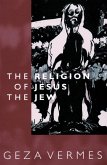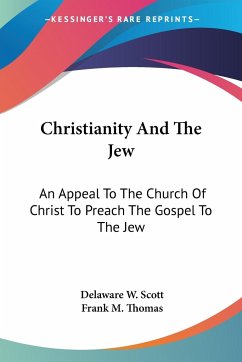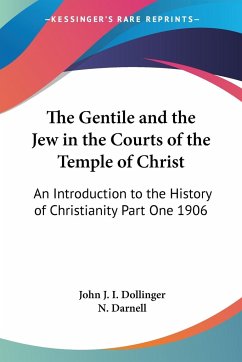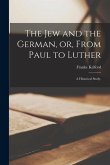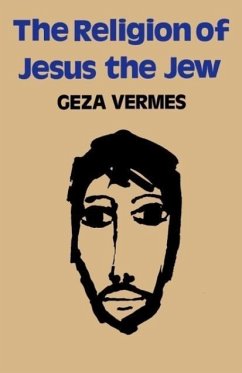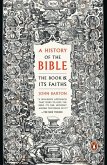What exactly happened at the resurrection of Jesus the Jew? Many Christians regard this extraordinary phenomenon as the cornerstone of their faith; without belief in the 'empty tomb', Christianity would probably not have swept the world. This book examines the contrasting theories advanced by reputable scholarship, mindful of Geza Vermes' observation that resurrection belief was peripheral to the authentic teaching of the historical Jesus and the need for twenty-first century Christians to explore what 'resurrection' means for them. By placing the resurrection narratives (including the Gospel of Peter) in their complex historical setting, Peter Keenan throws new light on how 'resurrection' can be an inspiration for many and an unwitting precursor to the racial anti-Semitism of the nineteenth century and the eventual horrors of Auschwitz.
Bitte wählen Sie Ihr Anliegen aus.
Rechnungen
Retourenschein anfordern
Bestellstatus
Storno


